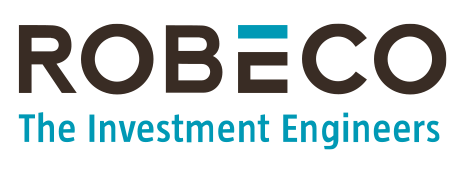Download the full article here
- Pursuing net zero emissions is an increasingly important goal
- Active ownership and decarbonization needed to achieve net zero
- Net zero and raising a portfolio's yield can go hand in hand
Climate change is becoming a more prevalent topic in everyday business life. Every week, new companies sign up to net zero. Setting and reaching decarbonization targets is particularly important for insurers as they are being hit twice when it comes to climate change. On the one hand, the amount of claims they have to pay is going up due to the increased number of major weather events that cause significant damage to property. On the other hand, insurers also have to face the fact that asset-wise, the value of their portfolios could fall significantly if they are highly exposed to the potential losers of climate change.
While insurers are indeed hit by climate change from multiple angles, they are also in a privileged position of being able to be part of the solution. They can decide which companies and which projects to insure. Also, they can effect change through the weight of their investments while limiting their exposure to climate risk in the process through targeted climate investing. This Q&A will answer several questions on how insurers can do this.
What is net zero and what does signing up to it mean?
To explain net zero, we first need to explain the Paris Agreement. This is an international accord that aims to limit the rise in global temperatures to below 2°C above pre-industrial levels by the end of this century, and to pursue efforts to limit it to 1.5°C.1 To limit the temperature rise to well below 2°C, everyone needs to act now. Thus, corporates and investors are accelerating their efforts to align their businesses with the Paris Agreement. Nearly 1,400 companies are taking part in the Science-Based Targets initiative (SBTi) to implement greenhouse reduction targets in line with the objectives of the Paris Agreement. Over one-third of these companies are following the latest 1.5°C scenarios for their sectors and are therefore seeking to align with net zero.2
The Intergovernmental Panel on Climate Change (IPCC), a body from the United Nations to assess the science related to climate change, defines net zero emissions as the point at which man-made greenhouse gas emissions into the atmosphere are wholly offset by removals over a specified period. This means that we need to cut our emissions from fossil fuels and land use as well as remove greenhouse gases from the atmosphere. Removal can occur through nature-based solutions such as restoring natural habitats or through engineered solutions such as carbon capture and storage (CCS).
Investors have set up several initiatives to align their portfolios with a net zero economy. One of them is the UN Net Zero Asset Owner Alliance, a group of 37 institutional investors with USD 5.7 trillion in AuM. It was convened in 2019 by the UN Environmental Program (UNEP) and the Principles of Responsible Investment (PRI). The alliance is committed to achieving net zero investments by 2050; several members of the group have announced concrete decarbonization targets for 2025, while others are in the process of doing so.31https://www.robeco.com/nl/expertise/duurzaam-beleggen/begrippenlijst/paris-agreement.html#:~:text=The%20Paris%20Agreement%20is%20an,limit%20it%20to%201.5%20degrees
2 Peppelenbos, L. (2021) The why, the how and the what: Showing the way to Paris-aligned investing
3https://www.unepfi.org/net-zero-alliance/
Download the full article here


